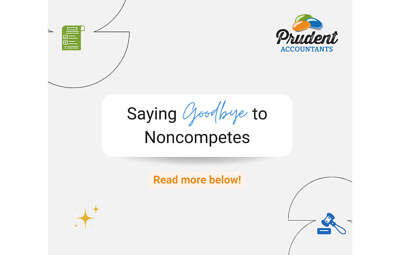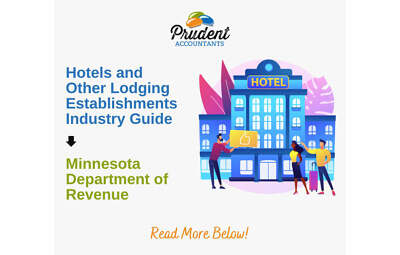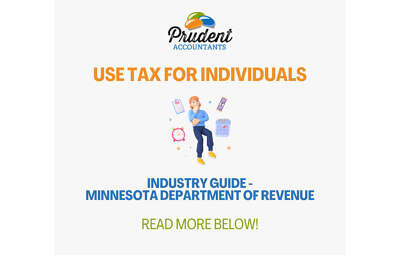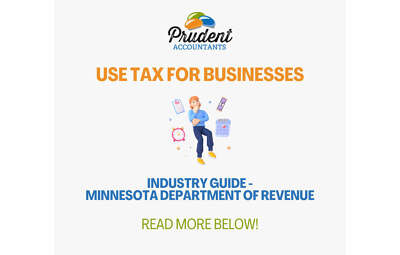Utilities Used in Production – Minnesota Department of Revenue
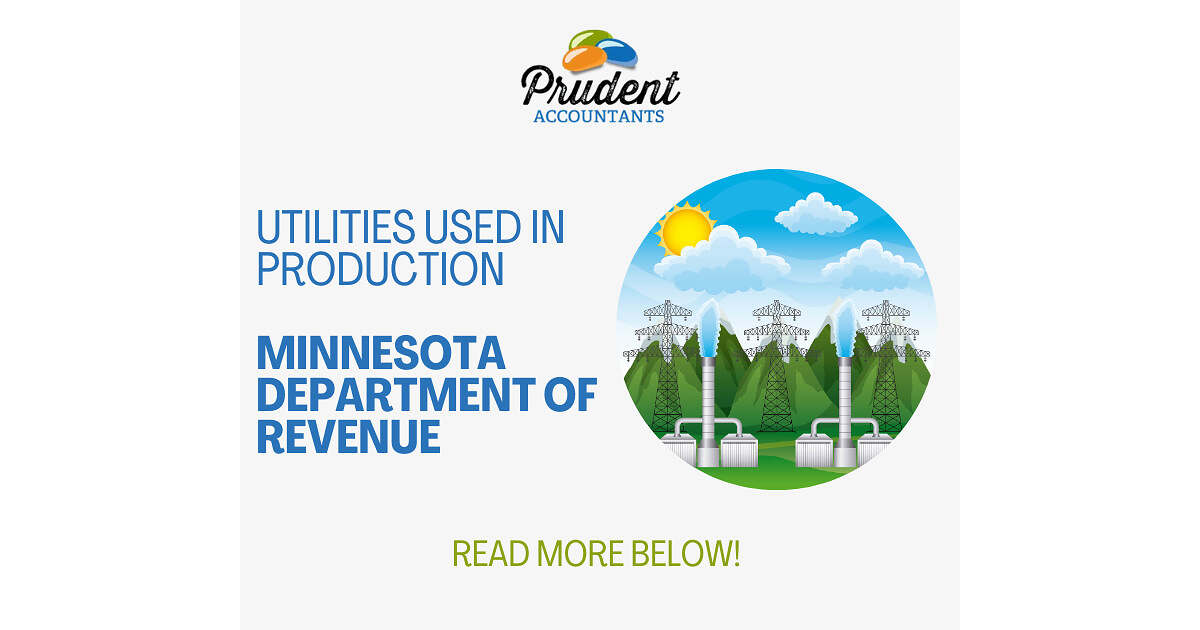
Utility Exemptions
Agricultural and Industrial Production
Electricity, gas, steam or water used or consumed in agricultural or industrial production is exempt from sales and use tax if:
- It is necessary to produce a particular product; and
- It is in excess of the average climate control or lighting for the production area.
This exemption does not apply to utilities used for space heating and lighting of the production area, or for any nonproduction areas such as office or administrative areas. Water used or consumed in nonproduction areas is also taxable
For more information, see:
- Industrial Production Fact Sheet
- Agricultural and Farming Guide
Qualified Data Centers
Electricity used to operate a qualified data center is exempt after the project is certified by DEED. Other utilities purchased to operate the data center do not qualify for this exemption. Follow the instructions below to claim the exemption or request a refund.
Restaurants and Bars
The exemption does not apply to restaurants or other eating establishments selling prepared food or drink to be served on the premises or sold to go
How to Claim the Exemption
To claim the exemption from sales tax on utilities used or consumed in production or in providing taxable services, you must give your supplier a completed Form ST3, Certificate of Exemption
How to Figure the Exemption
If you have a separate utility meter for production equipment, your exemption percentage on that meter is 100%. However, in most situations a predominant use/energy study is required if taxable and nontaxable uses are made through a single meter.
When claiming an exemption it is up to the purchaser to prove that a sale or purchase qualifies for exemption. A third party utility usage study is good supporting evidence to prove how they arrived at the exemption.
The study must be reasonable and must have documentation to support that the study accurately reflects the utilities consumed.
Examples of documentation include:
- List of taxable and exempt machines
- How much energy each machine consumes
- How many hours each machine operates a day
The energy study must identify taxable and nontaxable:
- Kilowatt/hour of electrical consumption at each electric meter
- Cubic foot consumption of gas at each natural gas meter
- Volume of water transmitted at each water meter
The energy study is also subject to review in the event that you are audited
If you make changes to your equipment, business activities, or square footage being used by the utility meter, you must review the energy study.
You should reevaluate the energy study every few years, or more often if changes occur.
The Minnesota Department of Revenue does not provide the names of and does not endorse any utility engineering or consulting firm who does energy analysis work. These firms are private contractors with no connection to the State of Minnesota.
Production Equipment
To be considered production equipment, it must be:
- Used to produce items that are ultimately sold at retail or used in providing qualifying taxable services, and
- Used within the production process or in providing a qualifying taxable service.
The following examples illustrate the difference between production and nonproduction equipment.
Examples
- A contractor makes ducts and sells them without installation or over the counter. A retail sale of a product occurs so the process of making the ducts qualifies as industrial production and the utilities are exempt. If the contractor makes and installs the ducts into real property, the utilities consumed in making the ducts are taxable because there is no retail sale of tangible personal property.
- A meatpacking plant uses a freezer to flash freeze meat. The utilities are exempt because the physical change on the product is part of the production process. However, if the freezer is used to preserve the finished product, the utilities consumed in operating the freezer are taxable.
Ventilation Systems
Separate ventilation systems required for specific production purposes may qualify for this exemption. If there is only one ventilation system in use, you must document how the exemption percentage was determined and why this ventilation is necessary for production.
Ventilation systems for OSHA or employee safety do not automatically qualify for this exemption. While required, the systems do not necessarily affect the product being produced. However, if the production process requires ventilation to keep spray particles from settling on the product and affecting the quality of the finish, it qualifies for the
exemption
Equipment That May Not Qualify
The following is a list of equipment that generally does not qualify as production equipment. However, in specific circumstances some items may qualify as production equipment. Each piece of equipment needs to be considered on a case-by-case basis
Examples (the list is not all inclusive)
- Air conditioner
- Alarm system
- Baseboard heater
- Battery charger
- Calculator
- Clock
- Coffee maker
- Computers
- Cooler
- Copier/duplicator
- Dehumidifier
- Desk lamp
- Display sign
- Elevator
- Emergency/exit lights
- Fans
- Heat pump/furnace
- Humidifier
- Incinerator
- Lights
- Microwave]
- Neon sign
- Personal heaters
- Phone/fax system
- Radio/stereo
- Refrigerator
- Security lights
- Space heater
- Television
- Time clock
- Vending machines
- Water cooler
How to Get a Refund
If you paid sales tax on utilities in error, you may request a refund within three and one-half years of when the tax was due.
If the sales tax refund is $500 or less, request the refund from your supplier. The supplier then files an amended return with the Minnesota Department of Revenue. Your supplier needs the following documentation:
- The type of utility that is exempt—electricity, gas, steam, or water
- Acompleted Form ST3, Certificate of Exemption
- Schedules used to determine the exemption percentage, if an energy study was needed
- The time period of the claimed refund
If the refund is more than $500, you may apply for the refund directly to the Minnesota Department of Revenue. To request the refund, Complete Form ST11, Sales and Use Tax Refund Request.
Include a detailed explanation of how the refund was determined including
- Utility study or explanation of how you determined the claimed percentage
- Description of equipment powered by the utility
- Documentation describing how the equipment is used in production or in providing taxable services
- If you are a qualified JOBZ business, documentation of your Business Subsidy Agreement with the local government
Can a landlord apply for a refund?
A landlord may file a claim for a utility exemption on behalf of a tenant is all of the following conditions are met:
- The tenant’s area is separately metered from other business or residential areas in the same facility.
- The terms of the lease or rental agreement require the tenant to reimburse the landlord for the cost of the utility in question and pay this amount in addition to the lease or rent payment.
- The tenant must use the utility in a qualifying manner and determine the exempt percentage.
- The landlord must pass through the entire utility cost to the tenant, without markup or reduction.
- The landlord must give the refund to the tenant.

